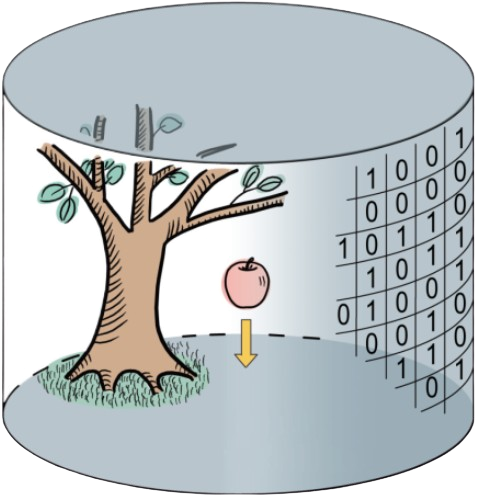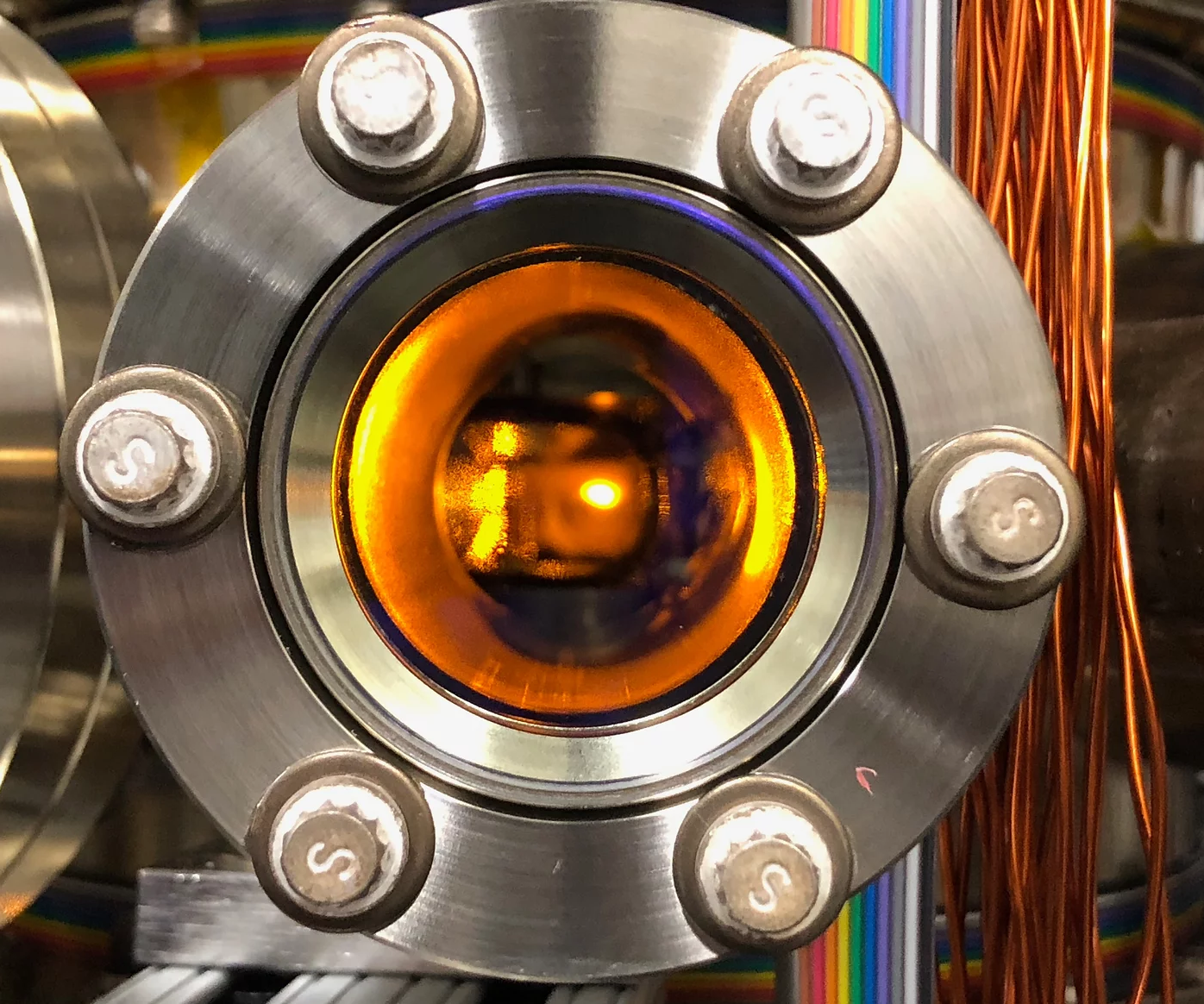
I work on semiclassical aspects of quantum gravity and holographic duality. Holography describes an equivalence between a theory of quantum gravity and a lower-dimensional quantum theory without gravity. The central idea of the correspondence is that gravity should emerge from the degrees of freedom in the dual theory. I'm interested in understanding the fundamental rules and holographic nature of quantum gravity, and I want to know how these rules constrain the theory in the semiclassical regime. I mainly study these questions in exactly solvable models toy of quantum gravity within the framework of AdS/CFT, but I am also exploring them in greater generality using gravitational path integrals.
Below, you can find brief descriptions of several aspects of my work in quantum gravity.



